I’ve been so busy planting natives that you’d think I’d know a little more about the natives growing, ya know, natively in my yard. But the other day I posted about my little gem Eve’s Necklace, and now I get to report on some others I’ve since discovered growing mere feet away.
If you still wonder how in the world I might have missed them, I have two words for you. POOP ZONE. Yes, it’s the area of the yard that we’ve long left to the dogs. All three of them. How’s that picture in your head now? <grins>
So… Silk Tassel. Several months ago, this wonderful shrub was hidden by evil nandinas that sought to obscure this jewel from our sight and mind. But we slew the dragons, and our treasure we never knew we had was rescued. Of course, I did actually purchase two saplings of Silk Tassel this past winter, never knowing I already had it on the property. Now I’ve got a set! Birds eat the berries, by the way. Yay for wildlife value!
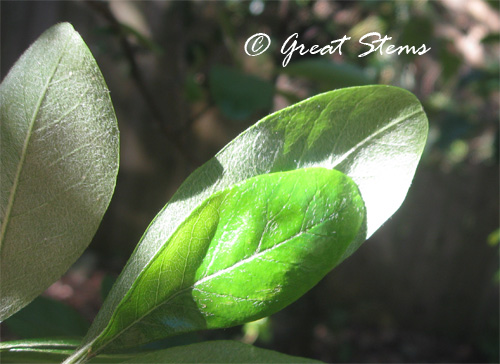 See the soft velvety underside to the leaves? It’s a great identifying feature, and it’s a delight to the tactilely sensitive. Mmmmm, soft…
See the soft velvety underside to the leaves? It’s a great identifying feature, and it’s a delight to the tactilely sensitive. Mmmmm, soft…
Next is a mulberry tree. I was always worried that this large-leafed tree was an invasive and it turns out it’s a native Red Mulberry tree — native to central Texas, in fact! It’s even a caterpillar larval host — Mourning Cloak butterfly.
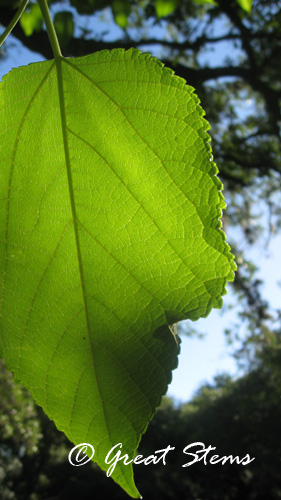 I love, love, love the green leaves.
I love, love, love the green leaves.
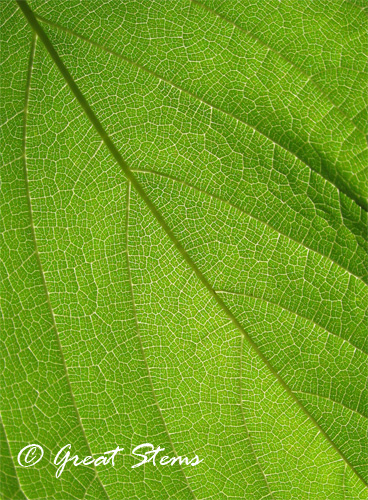 And look, it has berries! I hear they’re tasty.
And look, it has berries! I hear they’re tasty.
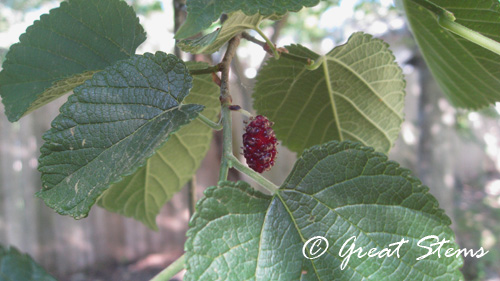 Third discovery in my garden — Ashe Juniper — tremendous wildlife value for this plant. Birds love its berries, our endangered golden-cheeked warbler relies on its bark for nesting material, and it’s a larval host to the beautiful Juniper Hairstreak butterfly. This wonderful plant has a bad reputation for causing allergies in central Texas, and it’s often mistakenly referred to as cedar. But it’s okay in my book for all that it does for da birdies and flutterbies.
Third discovery in my garden — Ashe Juniper — tremendous wildlife value for this plant. Birds love its berries, our endangered golden-cheeked warbler relies on its bark for nesting material, and it’s a larval host to the beautiful Juniper Hairstreak butterfly. This wonderful plant has a bad reputation for causing allergies in central Texas, and it’s often mistakenly referred to as cedar. But it’s okay in my book for all that it does for da birdies and flutterbies.
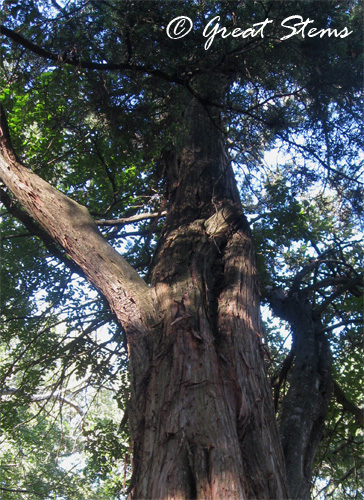
And lastly, a creeeeeeeeper. That’s how I like to say the word. Say it with me in that dark, almost evil voice of a mad scientist, creeeeeeeper. Good.
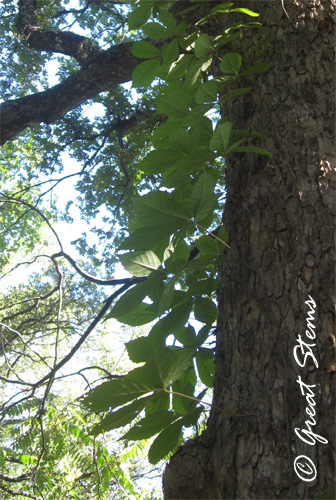
Specifically, it’s a Virginia Creeper. Typically they have 5 leaflets, but sometimes you’ll see 3 or 7.
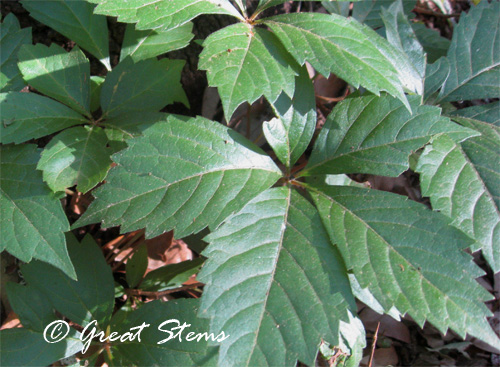 Some people confuse it with poison ivy when it grows wild in the woods. While it’s not poison ivy nor poison oak, I should point out that you shouldn’t roll in it. Some people are as sensitive to it as if it were poison ivy or oak, and they get a similar rash.
Some people confuse it with poison ivy when it grows wild in the woods. While it’s not poison ivy nor poison oak, I should point out that you shouldn’t roll in it. Some people are as sensitive to it as if it were poison ivy or oak, and they get a similar rash.
But guess what, it’s a larval host, too, baby! Several species of sphinx moths begin their lives on these plants.
I’m a happy habitat mama!
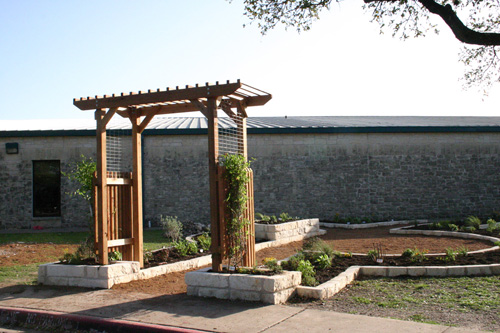
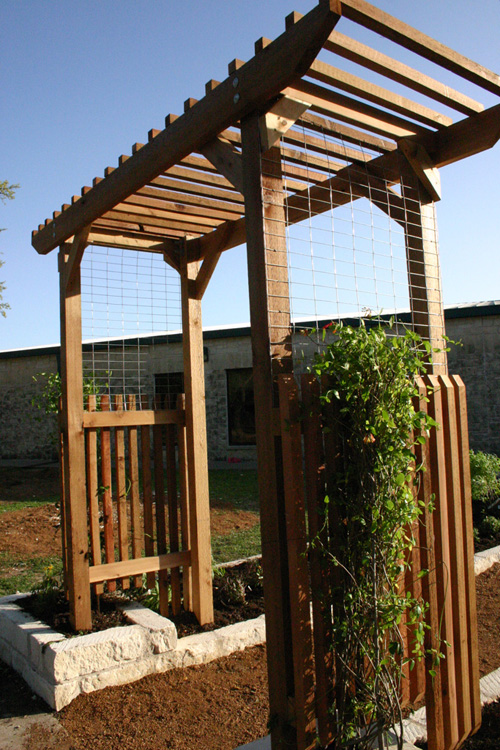
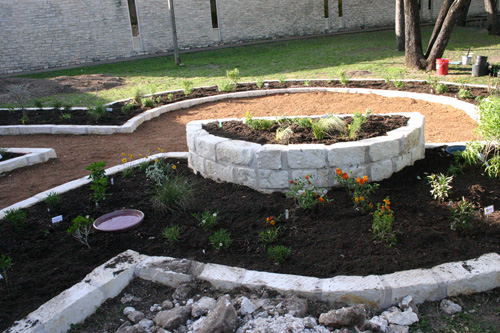
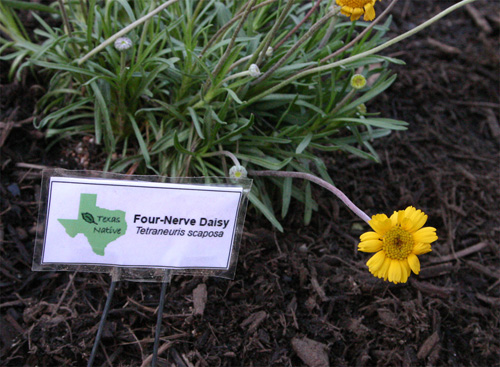
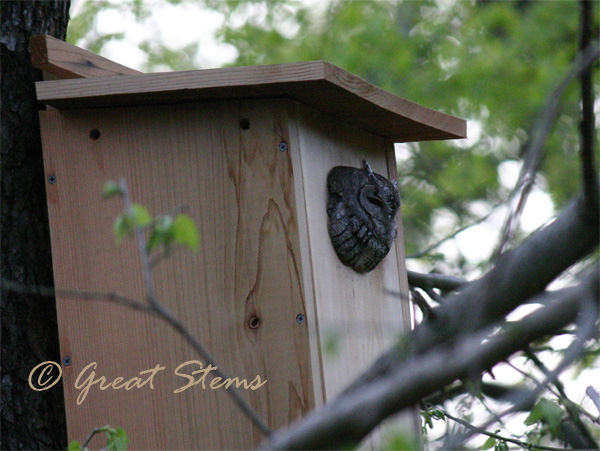
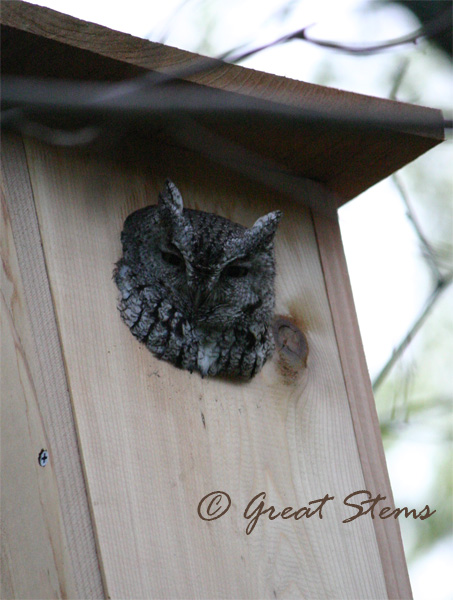
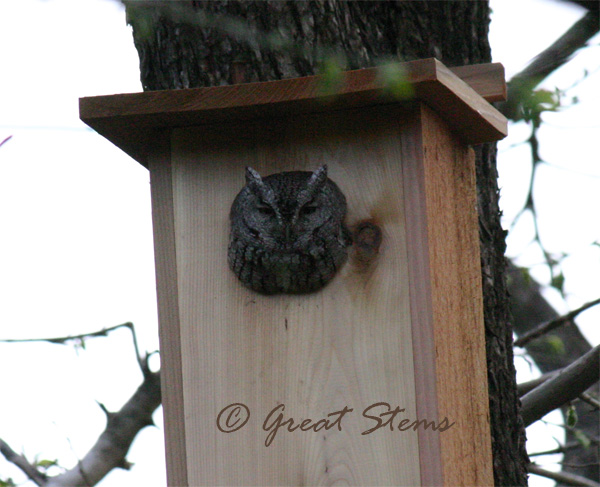 If this really is an owl couple we’ve got occupying our two owl houses, then it supports the idea that having two houses is more likely to attract owls sooner. It sure worked in our case.
If this really is an owl couple we’ve got occupying our two owl houses, then it supports the idea that having two houses is more likely to attract owls sooner. It sure worked in our case.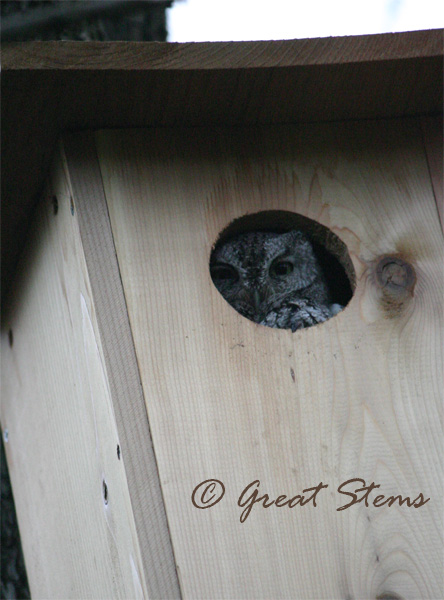
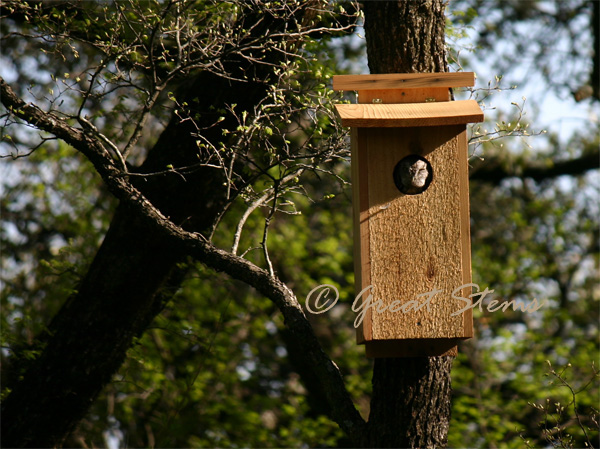
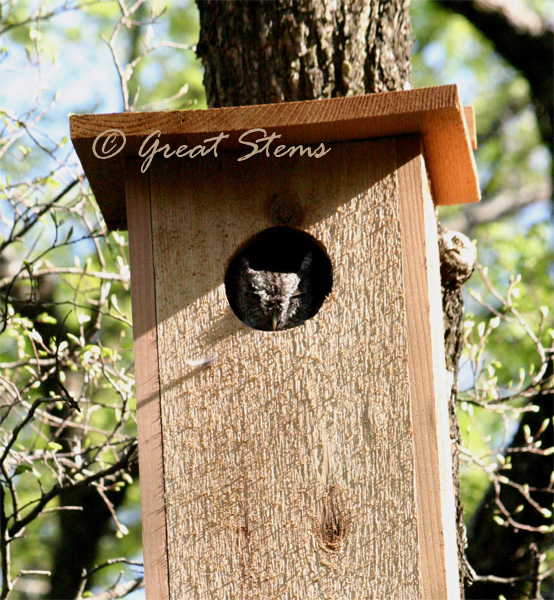
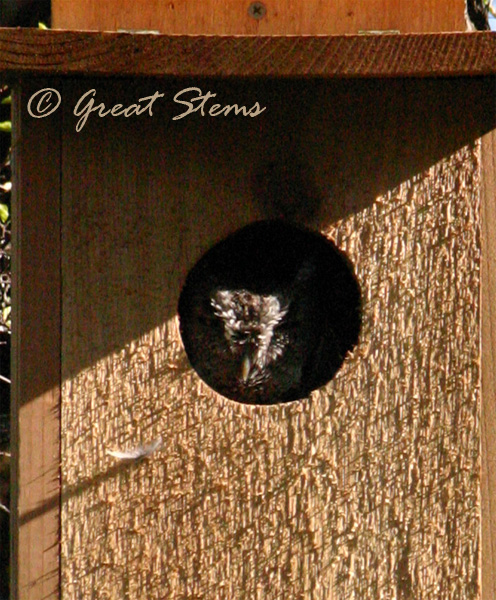
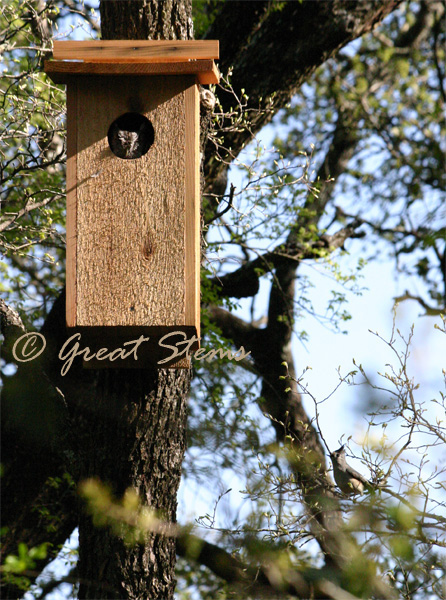
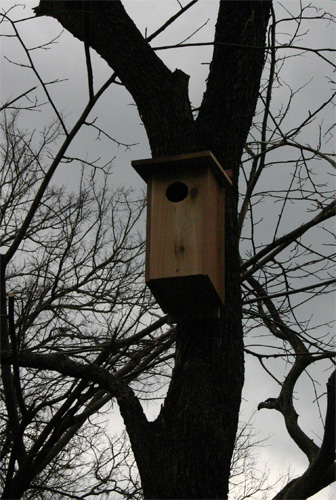
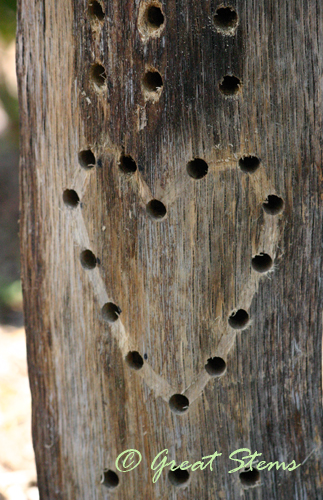
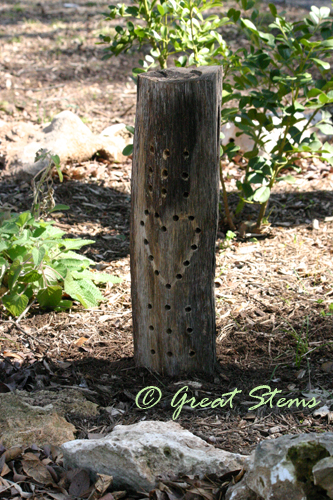
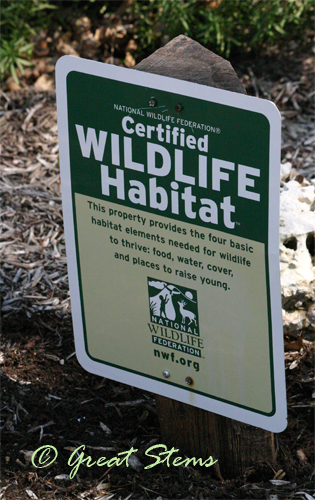
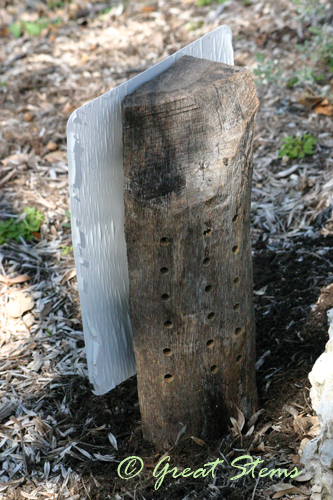
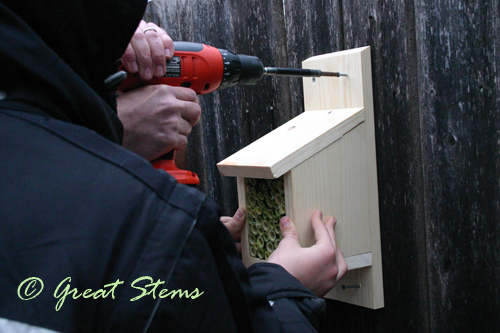
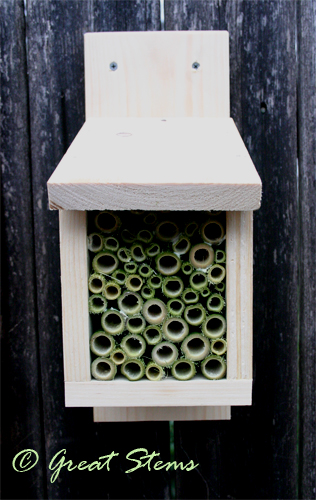
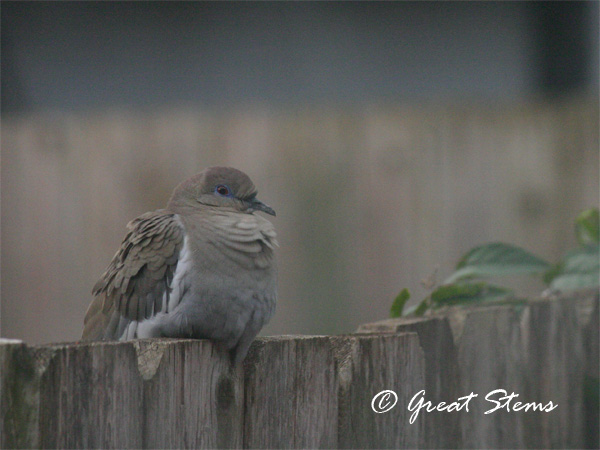
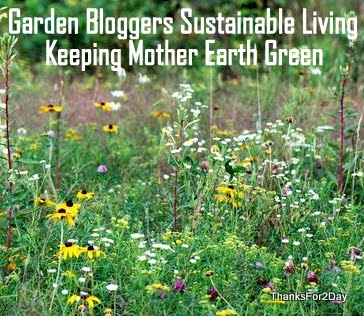
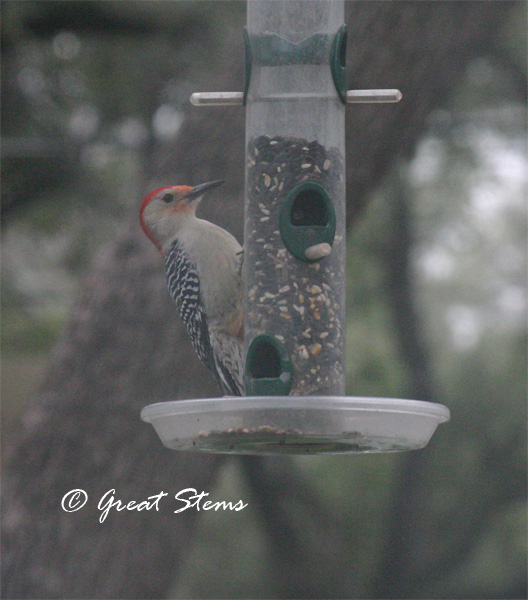
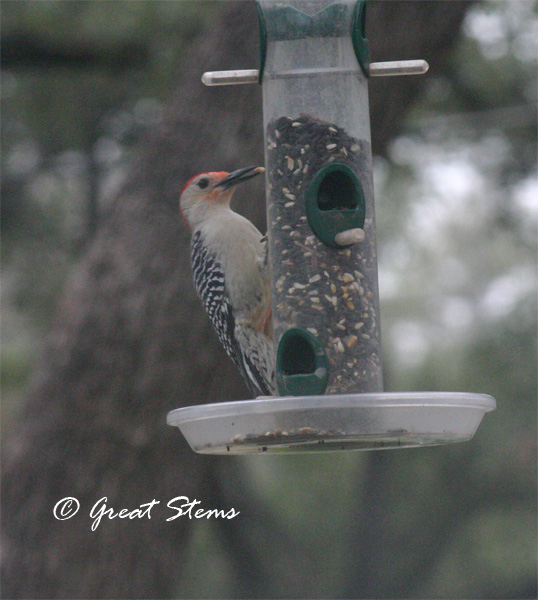
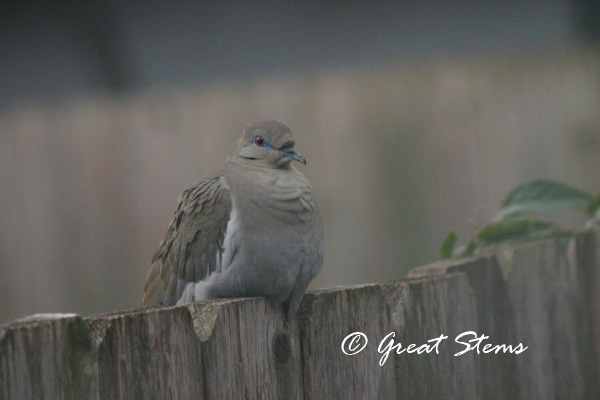
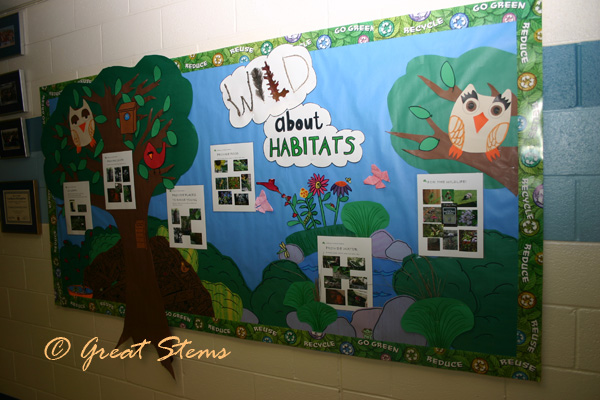
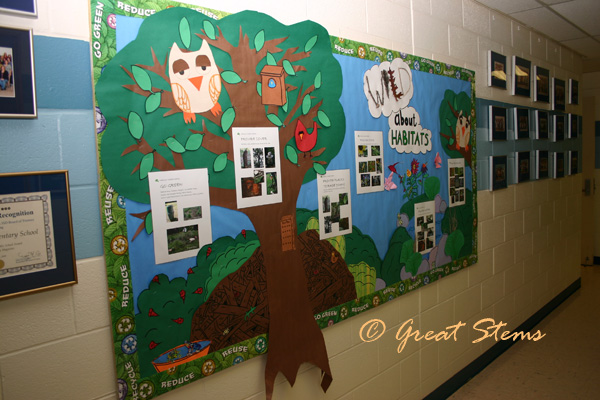 I’ve really been thrilled with the enthusiasm everyone has had about the habitat project. What makes me happiest is seeing how excited the kids are. Just wait until the wildlife finds about it!
I’ve really been thrilled with the enthusiasm everyone has had about the habitat project. What makes me happiest is seeing how excited the kids are. Just wait until the wildlife finds about it!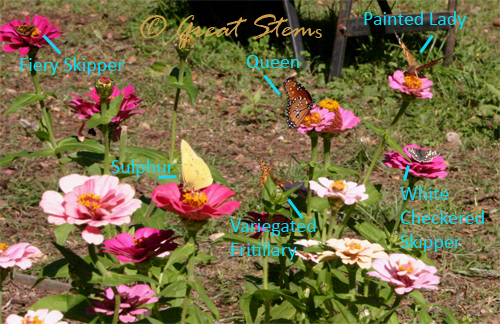
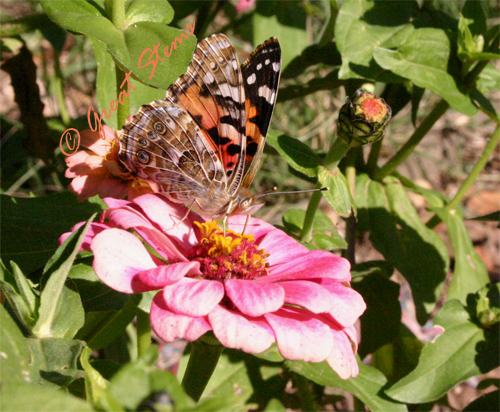
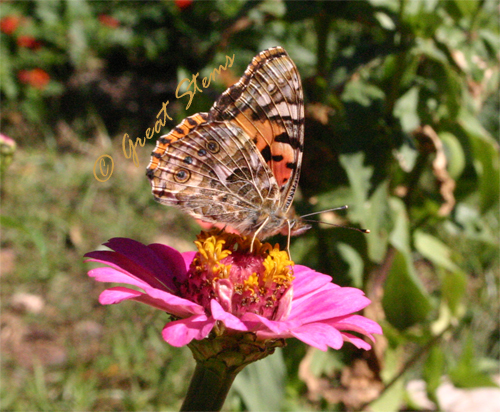
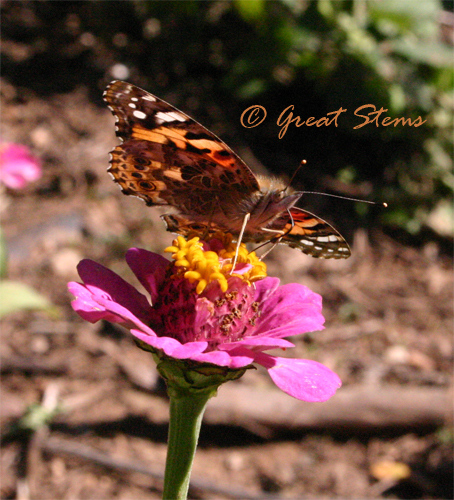
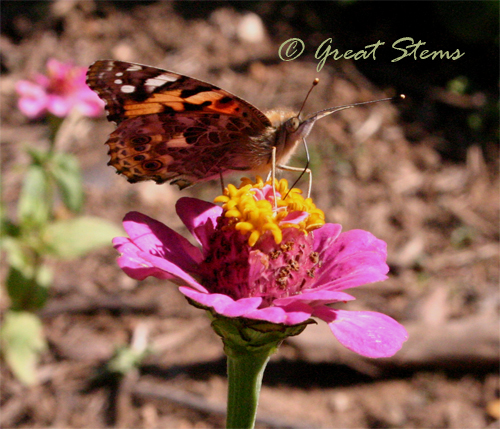
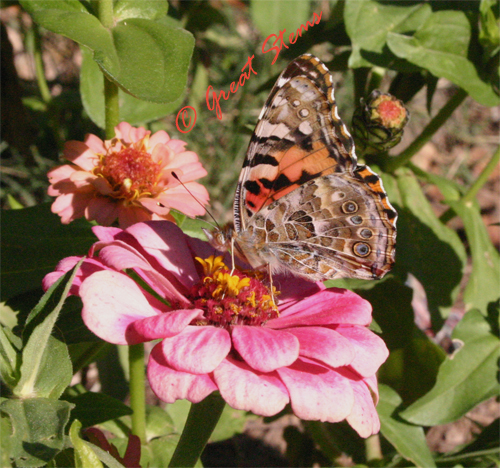
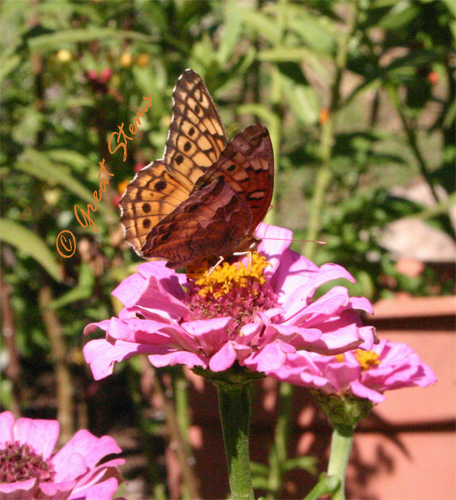
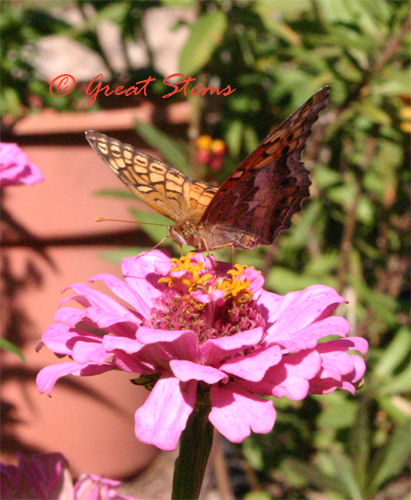
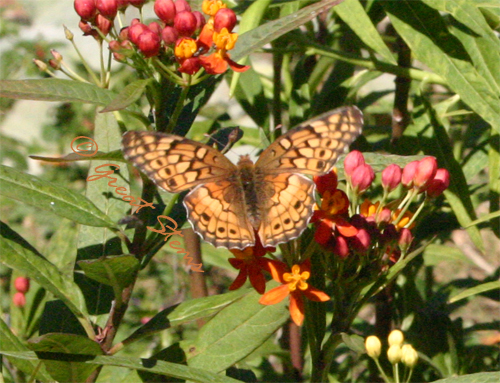
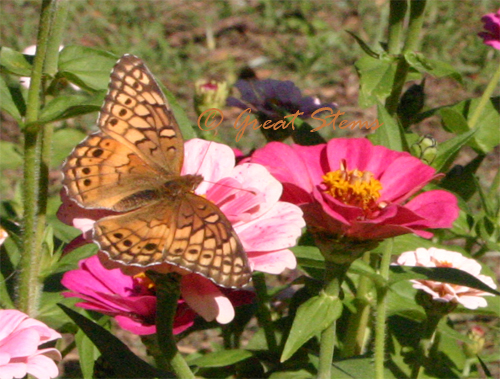
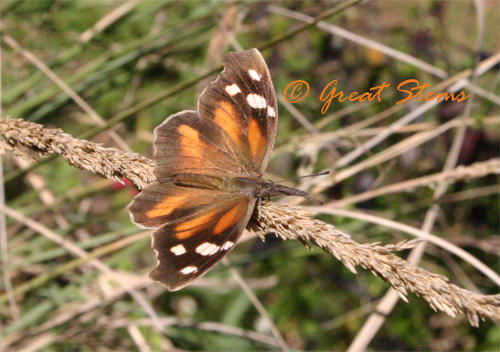
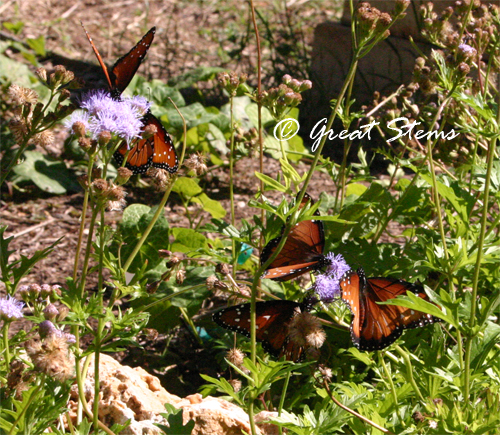
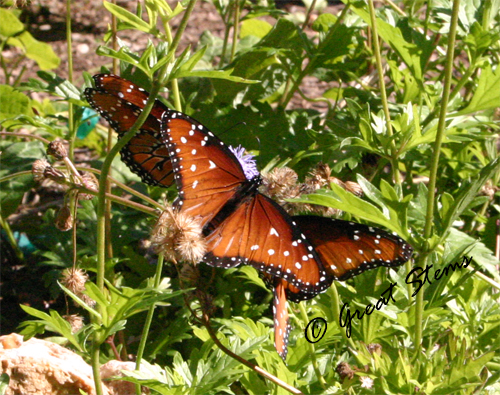
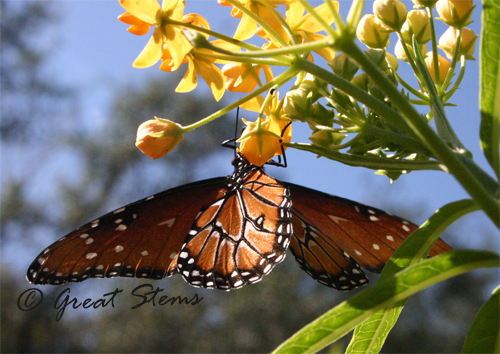
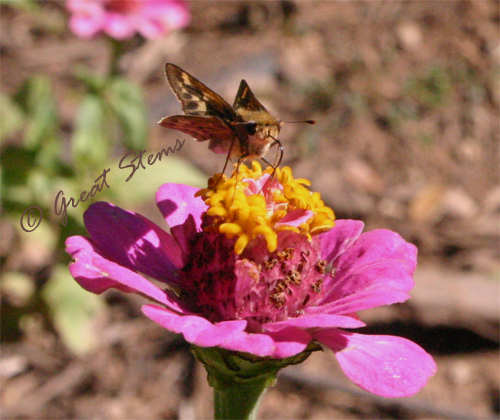
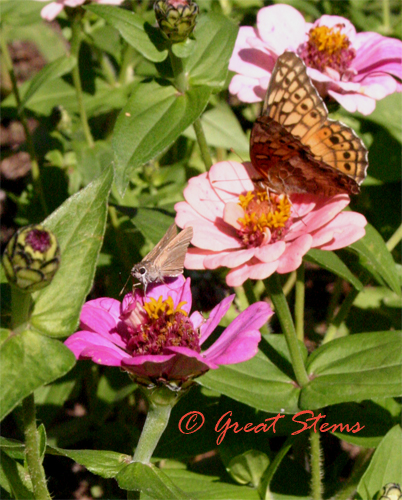
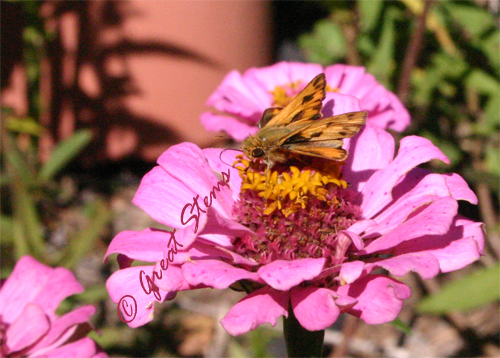
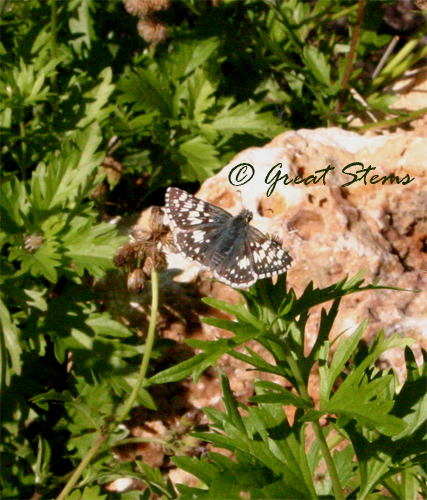
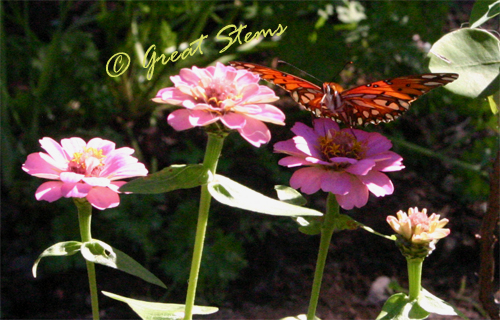
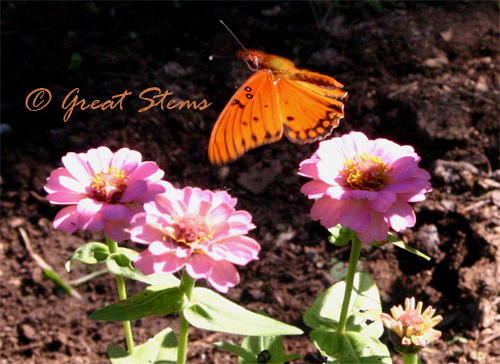
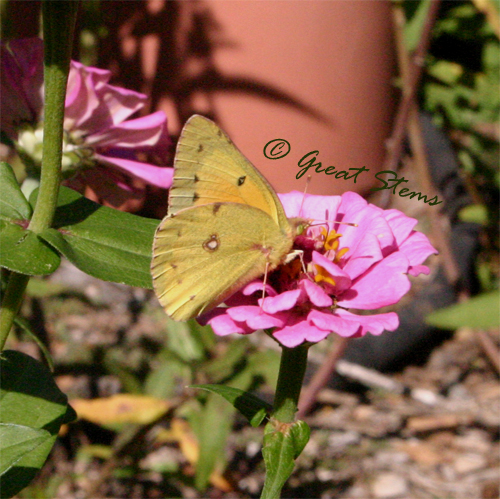
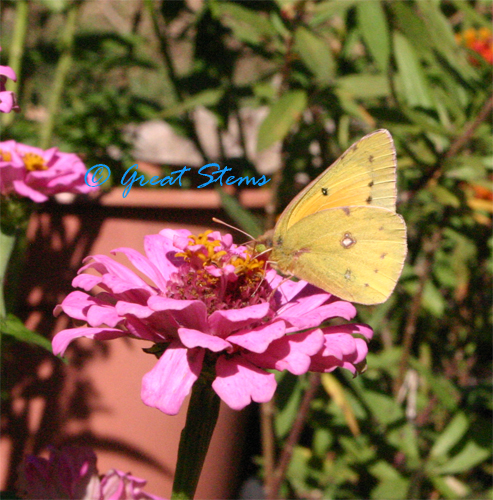
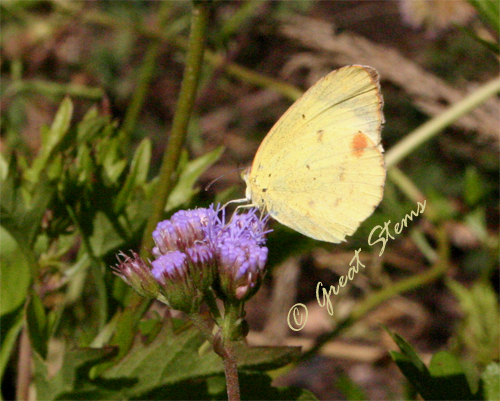
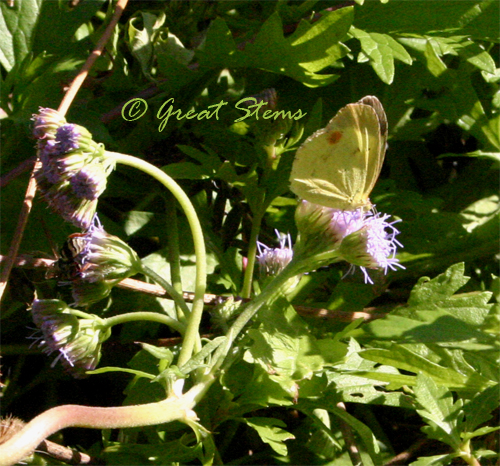
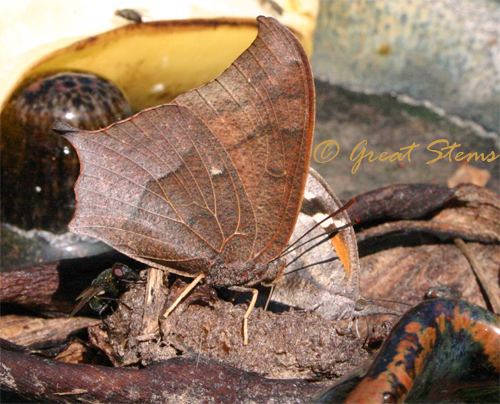
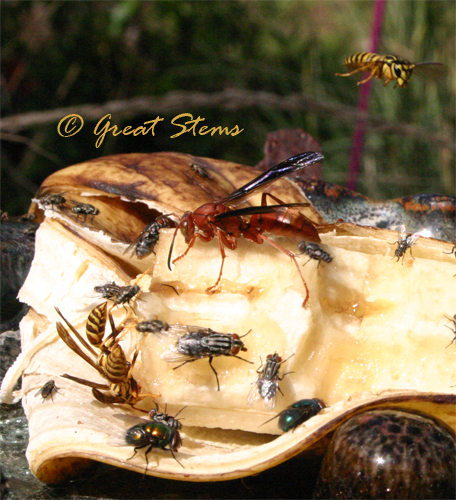
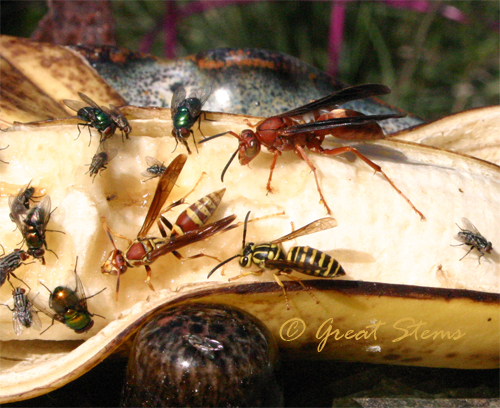
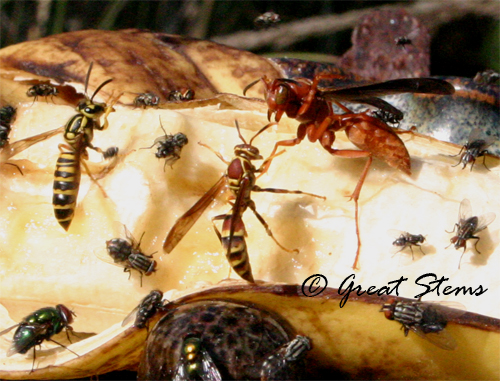
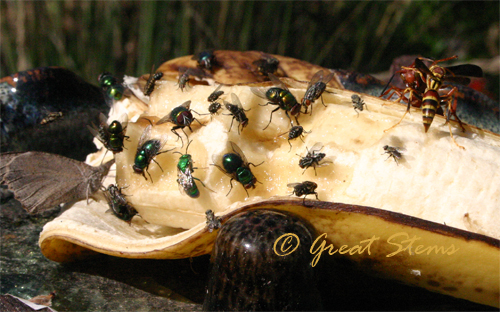 Do you see the beautiful metallic turquoise insect in the lower left corner? That’s a Cuckoo Wasp — the only one I can identify other than “fly” or “wasp.”
Do you see the beautiful metallic turquoise insect in the lower left corner? That’s a Cuckoo Wasp — the only one I can identify other than “fly” or “wasp.”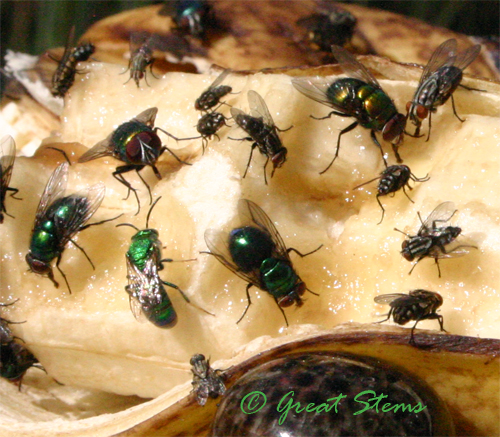
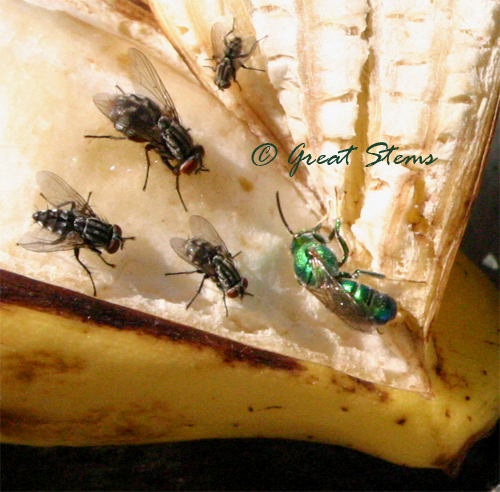
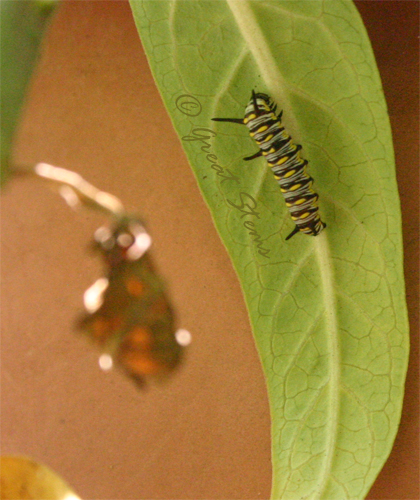
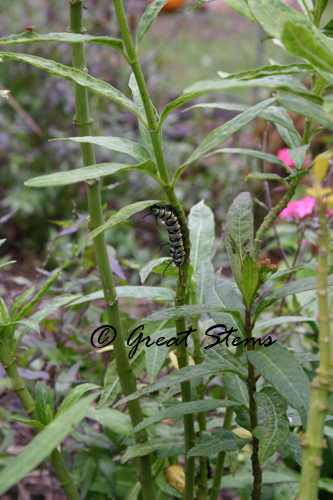 And the flies and wasps weren’t the only visitors to the bananas. Snouts began to venture over to the fresher banana, and today I found my first Red Admiral. What a beauty!
And the flies and wasps weren’t the only visitors to the bananas. Snouts began to venture over to the fresher banana, and today I found my first Red Admiral. What a beauty!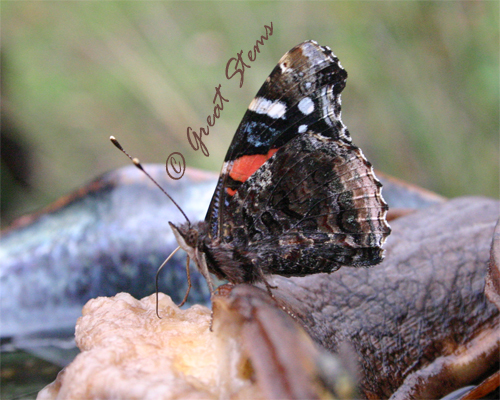
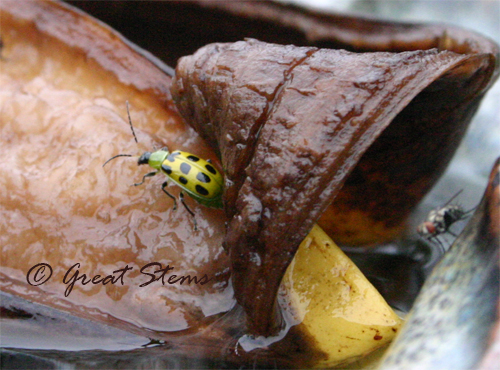
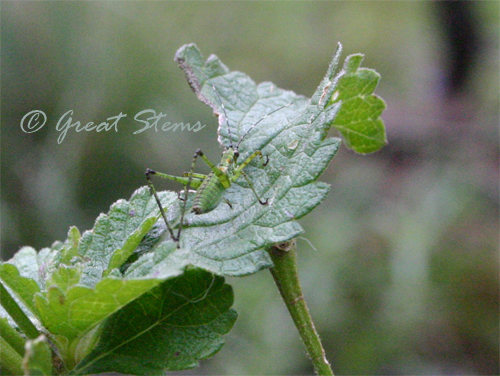 And off in the former pumpkin patch, where a few pumpkins and vines await me doing something about them, I found an icky green guy having a feast.
And off in the former pumpkin patch, where a few pumpkins and vines await me doing something about them, I found an icky green guy having a feast.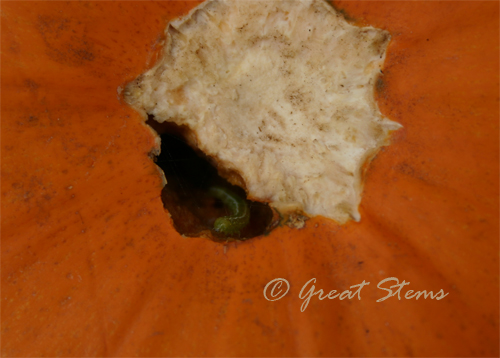 Enjoy it while you can, buddy.
Enjoy it while you can, buddy. 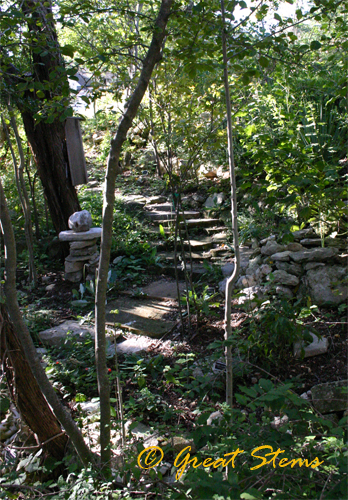 I had heard a lot about their spectacular wildscape, so when our Habitat Steward group was given the opportunity to have a tour, you know I jumped at the chance!
I had heard a lot about their spectacular wildscape, so when our Habitat Steward group was given the opportunity to have a tour, you know I jumped at the chance!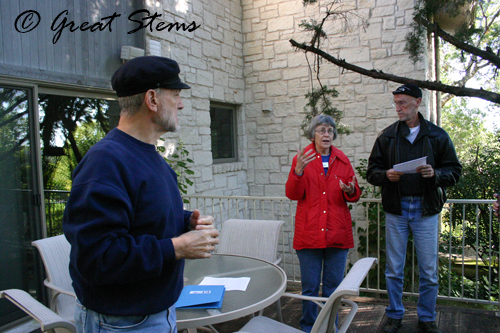
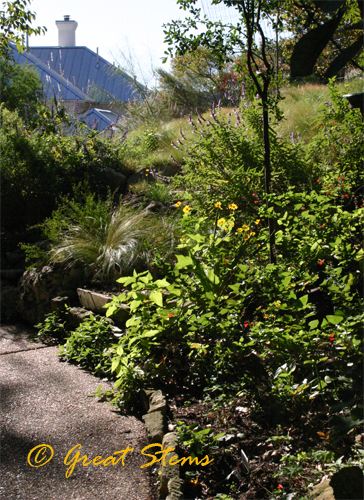 Pat and Dale have lived on their property since 1998, building their home on a rocky limestone slope overlooking the Balcones Canyonland Preserves. Their efforts to create a natural landscape since then have paid off — paths of natural materials such as mulch, rock, and cedar lead visitors through peaceful woods and past pocket seeps.
Pat and Dale have lived on their property since 1998, building their home on a rocky limestone slope overlooking the Balcones Canyonland Preserves. Their efforts to create a natural landscape since then have paid off — paths of natural materials such as mulch, rock, and cedar lead visitors through peaceful woods and past pocket seeps.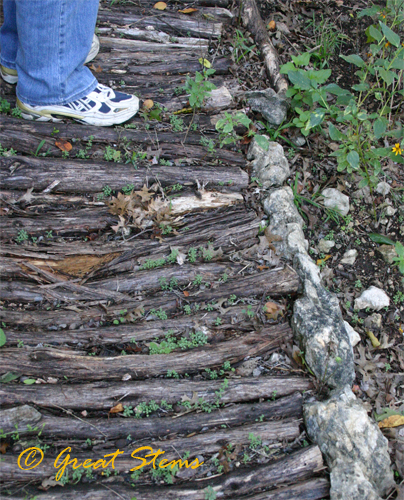 Many of the plants were placed there by the Bullas, but many more were delivered by birds and other creatures. The result is a wonderland of native Texas species.
Many of the plants were placed there by the Bullas, but many more were delivered by birds and other creatures. The result is a wonderland of native Texas species.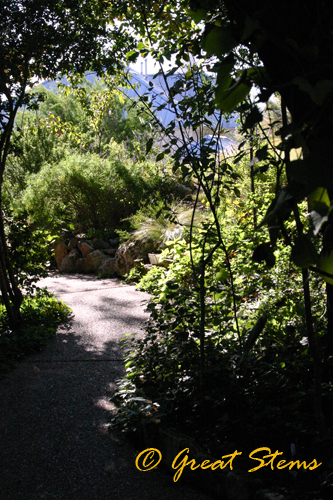
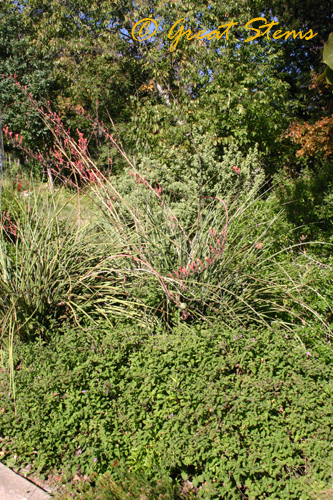
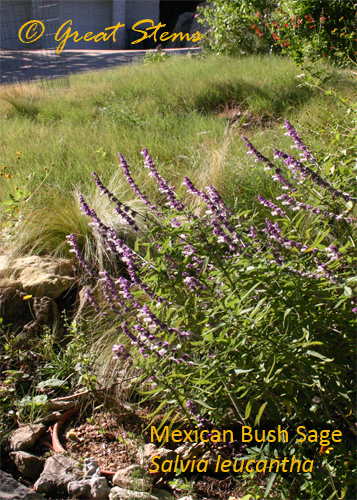
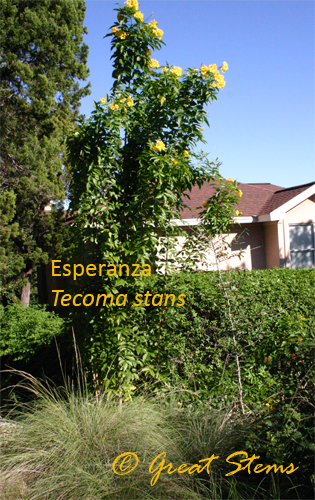 Pat told me that the plants on their property are about 95% native, with the remaining being well adapted plants such as rosemary and winter-blooming germander.
Pat told me that the plants on their property are about 95% native, with the remaining being well adapted plants such as rosemary and winter-blooming germander.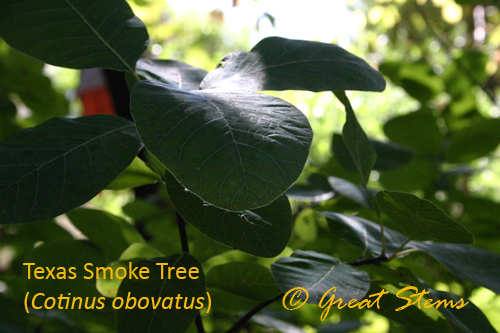
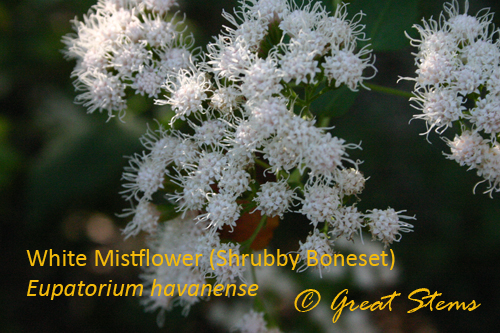
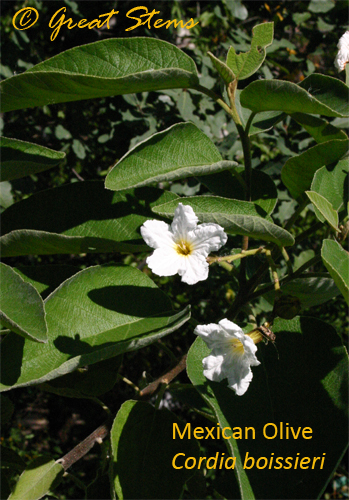
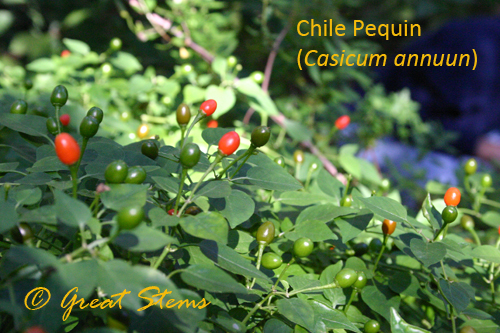
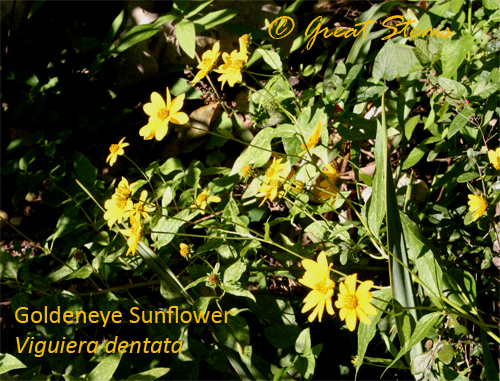
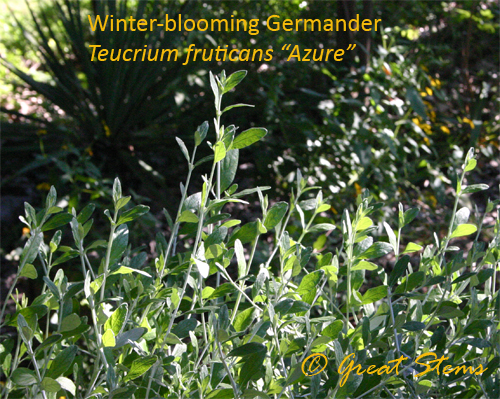
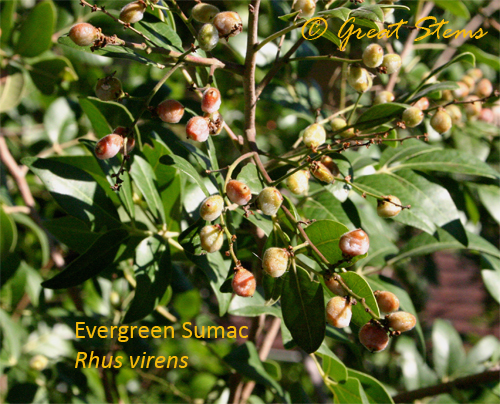
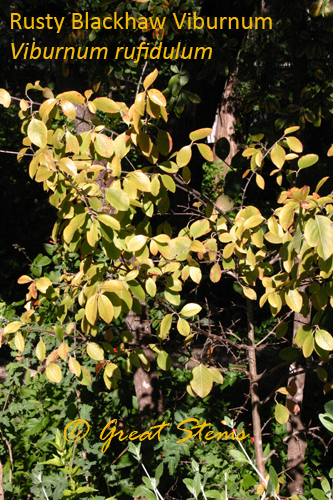
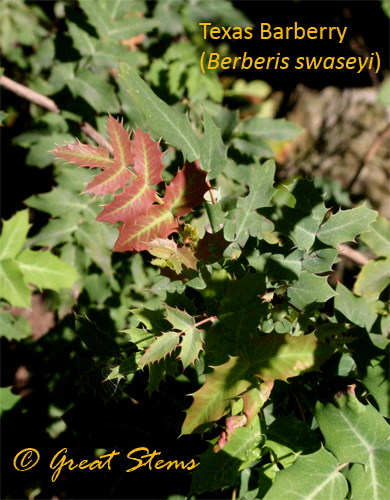
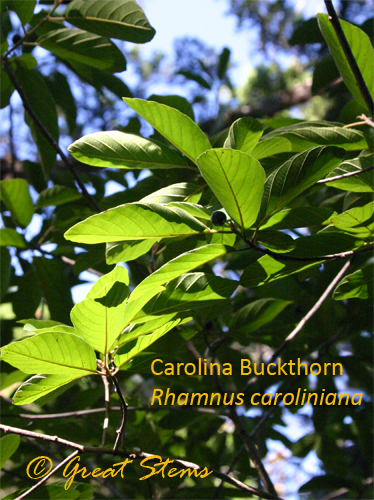
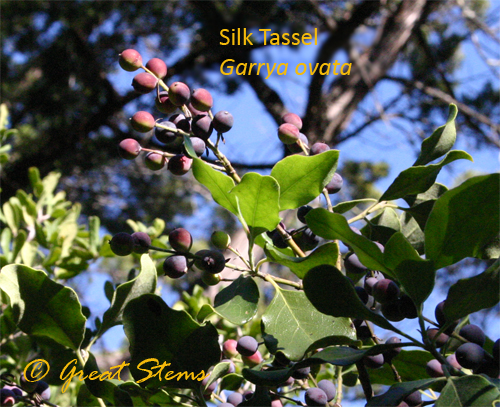
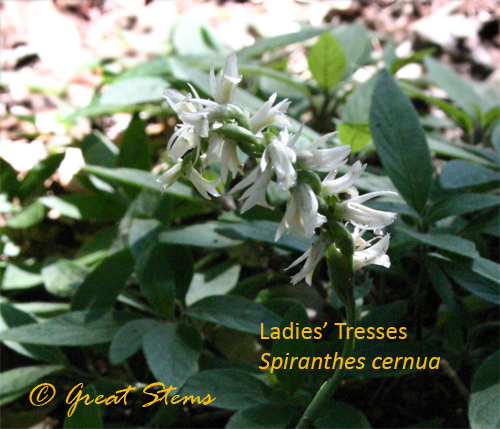
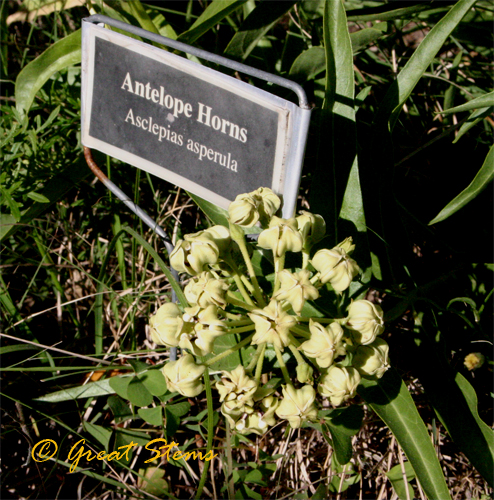
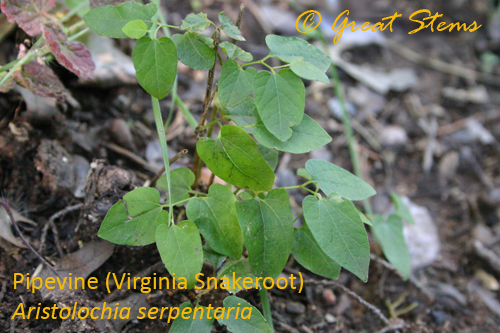
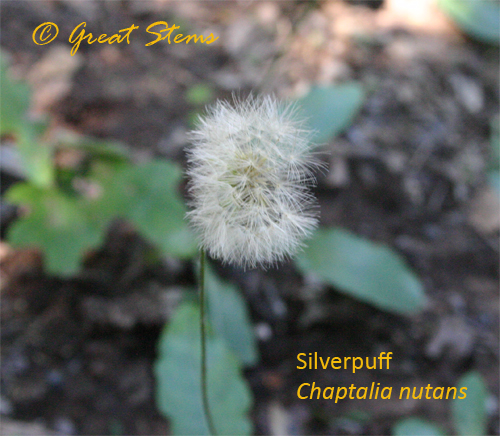
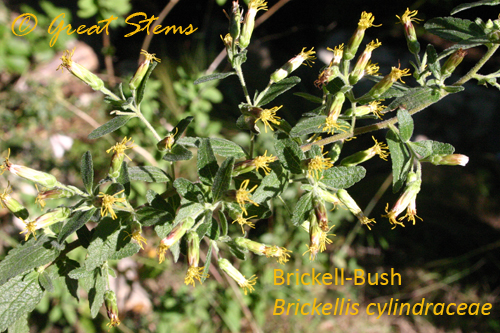
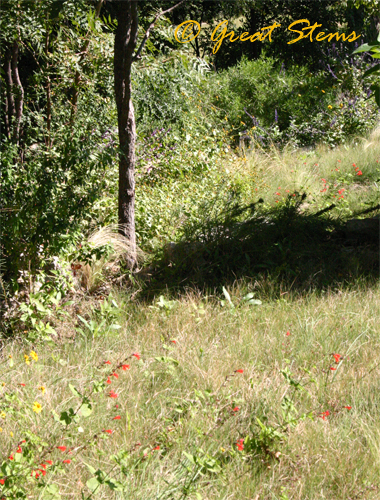
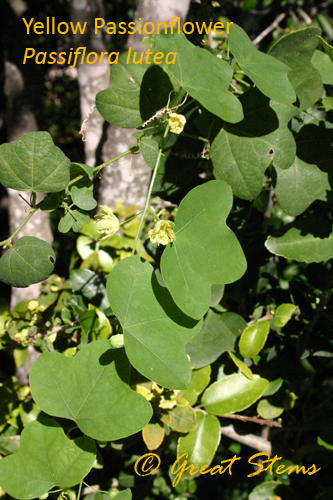
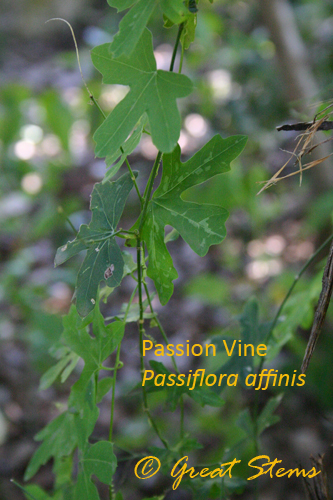
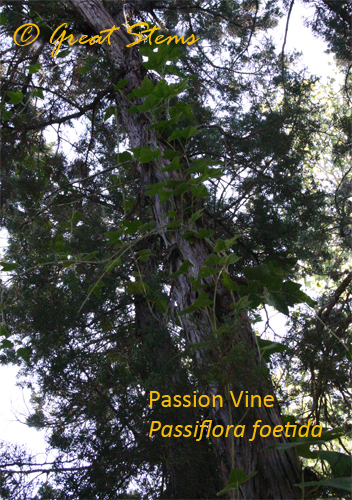
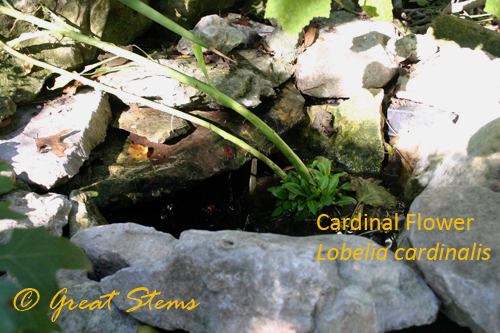
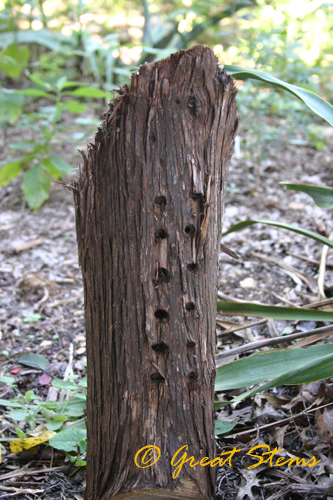
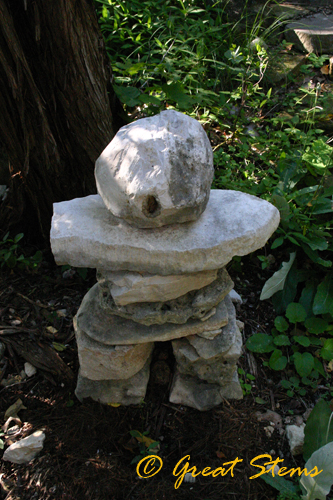
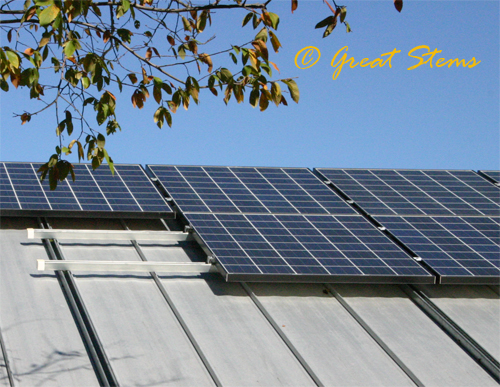 And of course, the wildlife love the Bullas’ habitat, too. Unfortunately for the Bullas, however, this includes destructive feral hogs that visit the property from the BCP during the night, occasionally tearing up pathways and plants while looking for grubs, roots, and tasty vegetation. Deer prevent Dale and Pat from planting certain delectable species and veggies, too. But birds, butterflies, lizards, and other creatures call the Bullas’ habitat home. We enjoyed watching the Queens and Monarchs fluttering about, but I was truly mesmerized by this Buckeye. I have yet to see a Buckeye in my yard!
And of course, the wildlife love the Bullas’ habitat, too. Unfortunately for the Bullas, however, this includes destructive feral hogs that visit the property from the BCP during the night, occasionally tearing up pathways and plants while looking for grubs, roots, and tasty vegetation. Deer prevent Dale and Pat from planting certain delectable species and veggies, too. But birds, butterflies, lizards, and other creatures call the Bullas’ habitat home. We enjoyed watching the Queens and Monarchs fluttering about, but I was truly mesmerized by this Buckeye. I have yet to see a Buckeye in my yard!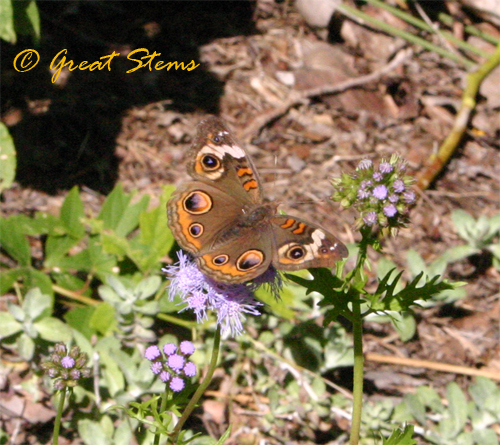 It’s no wonder the Bullas’ habitat is designated as a Green Garden by the City of Austin. An award well deserved!
It’s no wonder the Bullas’ habitat is designated as a Green Garden by the City of Austin. An award well deserved!